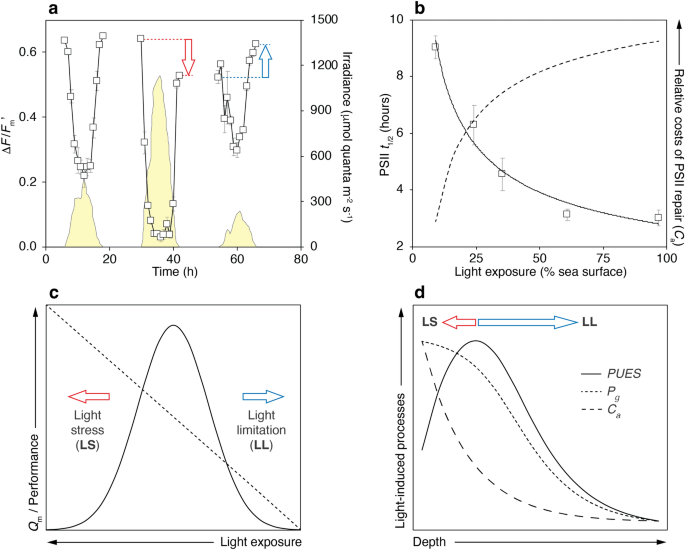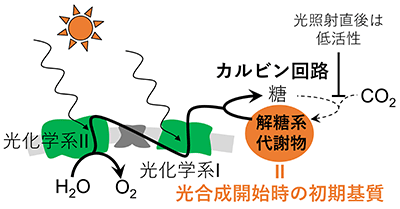2023-01-10 ペンシルベニア州立大学(PennState)
このほど学術誌「Scientific Reports」に掲載されたこの研究は、世界の共生サンゴ群集における生産性と生物多様性を分析し、サンゴ礁の水質の維持が、サンゴの生物多様性を守り、サンゴ礁の劣化を防ぐための基本であることを明らかにしたものです。
研究者達は、水深と太陽光の勾配をシミュレートして、水槽で育ったサンゴを研究し、サンゴへの光合成エネルギーの水深依存的変動と種の多様性の勾配との関連を記述する数学モデルを開発しました。
その後、世界中の海洋生物多様性のホットスポットで、透明度と生物多様性のパターンが対照的なサンゴ礁を比較し、既存の公開データでこのモデルを検証しました。研究チームの生産性-生物多様性モデルは、サンゴの種の豊かさにおける深さに関連した変動の64%から95%を説明し、深さによる種の豊かさの変動の多くが、太陽光への露出の変化によって駆動されていることを示しました。
研究者たちは、そのモデルを世界的なデータセットと照らし合わせて、太陽光に支えられた藻類のエネルギー供給の変動が、サンゴ群落内の種の多様性の空間的変動に重要な役割を果たすことを発見したのです。この結果は、太陽光を十分に利用できる生産性の高い海底環境が、人口動態や環境の変化による種の絶滅のリスクに対する重要な安全装置であることを示しています。
この研究結果は、サンゴ礁保全のための新たな戦術、すなわち水の透明度を維持することを提案するものです。研究者らは、”サンゴ礁の水の光学的品質を維持することは、サンゴの生物多様性を保護し、サンゴ礁の劣化を防ぐための基本である “ことを発見しました。
<関連情報>
- https://www.psu.edu/news/research/story/better-access-sunlight-could-be-lifeline-corals-worldwide-study-finds/
- https://www.nature.com/articles/s41598-022-25094-5
光合成有効エネルギーは褐虫藻サンゴの生物多様性の垂直パターンを説明する Photosynthetic usable energy explains vertical patterns of biodiversity in zooxanthellate corals
Tomás López-Londoño,Kelly Gómez-Campo,Xavier Hernández-Pech,Susana Enríquez & Roberto Iglesias-Prieto
Scientific Reports Published:02 December 2022
DOI:https://doi.org/10.1038/s41598-022-25094-5

Abstract
The biodiversity in coral reef ecosystems is distributed heterogeneously across spatial and temporal scales, being commonly influenced by biogeographic factors, habitat area and disturbance frequency. A potential association between gradients of usable energy and biodiversity patterns has received little empirical support in these ecosystems. Here, we analyzed the productivity and biodiversity variation over depth gradients in symbiotic coral communities, whose members rely on the energy translocated by photosynthetic algal symbionts (zooxanthellae). Using a mechanistic model we explored the association between the depth-dependent variation in photosynthetic usable energy to corals and gradients of species diversity, comparing reefs with contrasting water clarity and biodiversity patterns across global hotspots of marine biodiversity. The productivity-biodiversity model explained between 64 and 95% of the depth-related variation in coral species richness, indicating that much of the variation in species richness with depth is driven by changes in the fractional contribution of photosynthetically fixed energy by the zooxanthellae. These results suggest a fundamental role of solar energy availability and photosynthetic production in explaining global-scale patterns of coral biodiversity and community structure along depth gradients. Accordingly, the maintenance of water optical quality in coral reefs is fundamental to protect coral biodiversity and prevent reef degradation.


